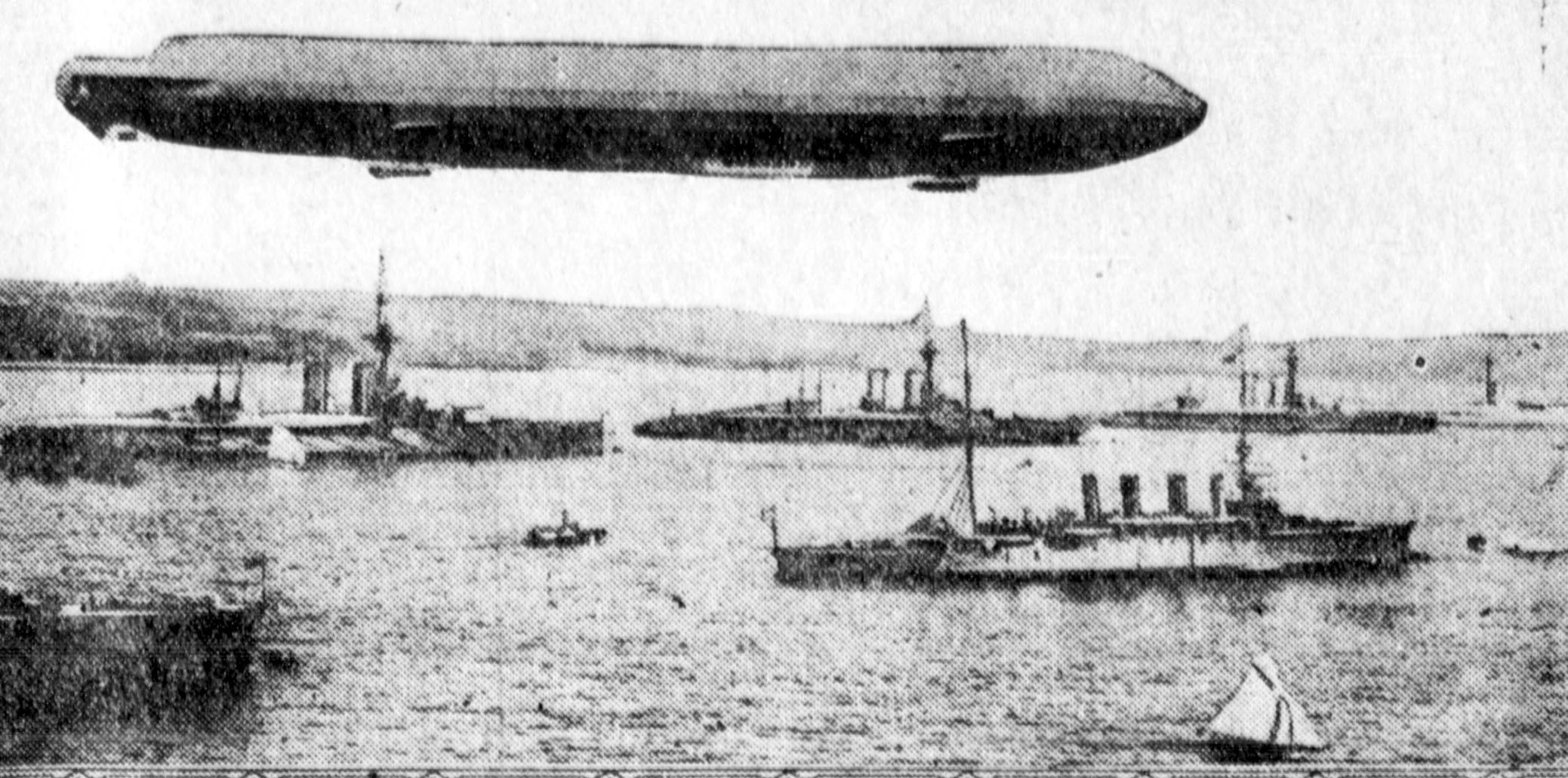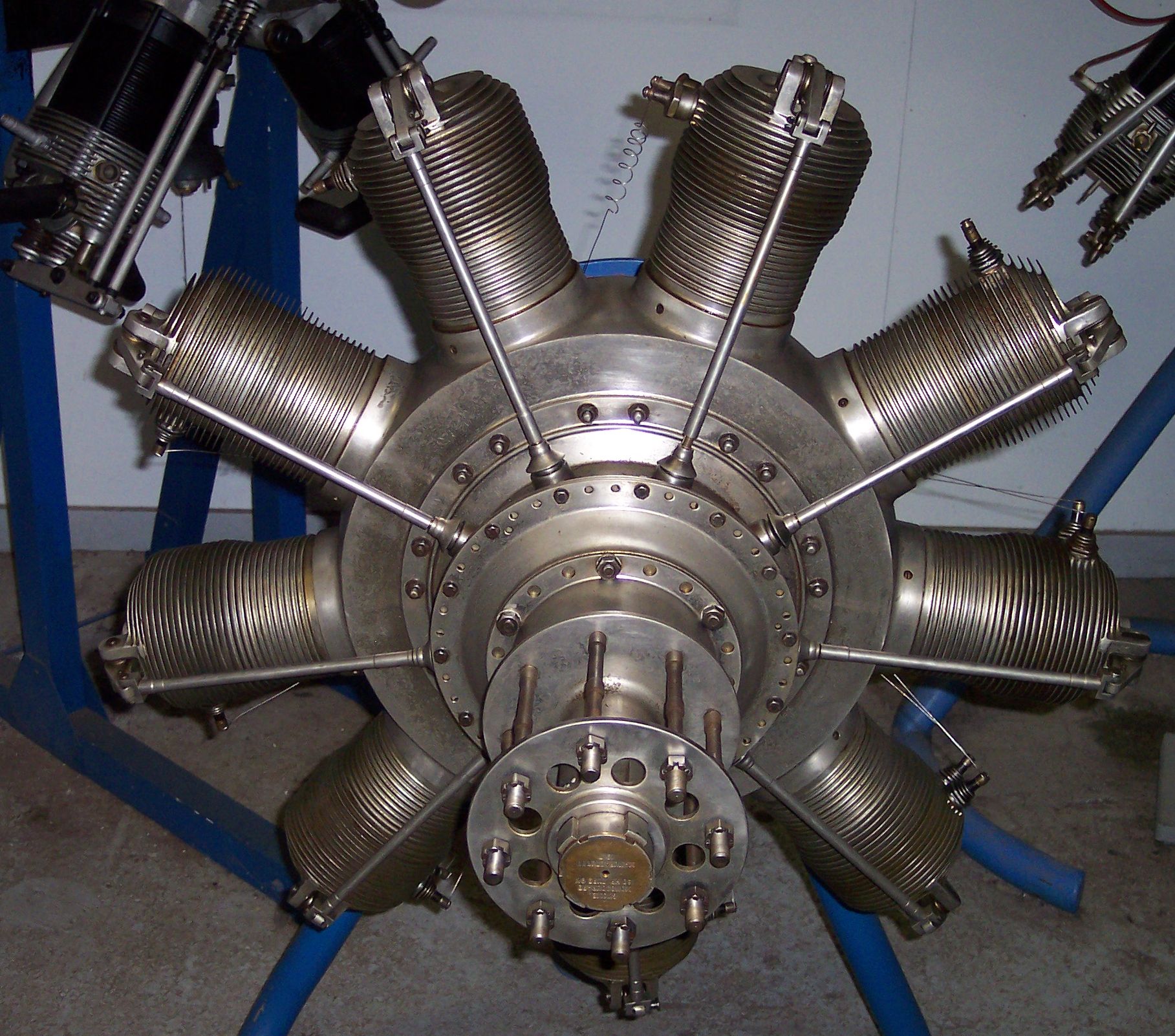|
Martinsyde S.1
The Martin-Handasyde Scout 1 was a British biplane aircraft of the early part of the First World War built by Martin-Handasyde Limited. Design and development It was a single-seat biplane with a Gnome engine in tractor configuration. An unusual feature was the undercarriage where two small nose wheels were mounted on the forward tips of the skids, ahead of the two main wheels, giving it a practical but cumbersome appearance. Operational service Sixty of the S.1 were built and these were used for about 6 months on the Western Front by the Royal Flying Corps before it was relegated to training. Although initially intended for use in Home Defence operating from the UK, it was found to be inadequate for that too. It was reported to be unstable, and it was the aircraft Captain Louis Strange was flying in a combat with a German two-seater, when one of the oddest incidents of WW1 took place. He was changing a drum on his overhead Lewis gun, when the aircraft turned over - and he fe ... [...More Info...] [...Related Items...] OR: [Wikipedia] [Google] [Baidu] |
Martinsyde
Martinsyde was a British aircraft and motorcycle manufacturer between 1908 and 1922, when it was forced into liquidation by a factory fire. History The company was first formed in 1908 as a partnership between H.P. Martin and George Handasyde and known as Martin & Handasyde. Their No.1 monoplane was built in 1908–1909 and succeeded in lifting off the ground before being wrecked in a gale. They went on to build a succession of largely monoplane designs although it was a biplane, the S.1 of 1914, that turned Martin-Handasyde into a successful aircraft manufacturer. In 1915 they renamed the company Martinsyde Ltd, and it became Britain's third largest aircraft manufacturer during World War One, with flight sheds at Brooklands and a large factory in nearby Woking. Martinsyde Motorcycles Martinsyde began manufacturing motorcycles from 1919 after buying the rights to engine designs by Howard Newman, which included a 350 cc single and a 677 cc V-twin with an unusual ex ... [...More Info...] [...Related Items...] OR: [Wikipedia] [Google] [Baidu] |
1914 In Aviation
This is a list of aviation-related events from 1914. The outbreak of World War I accelerates all aspects of aviation which in turn changes war in a twofold way. The aeroplane turns the sky into a new battlefield and eliminates the distinction between frontline and hinterland, with the civilian population far behind the frontline also becoming a target. The war results in the deaths of approximately 20,000 flyers, most of them trained pilots. Events * The Austro-Hungarian Navy formally creates an air arm.Layman 1989, p. 13. * Fiat establishes its ''Società Italiana Aviazione'' subsidiary, beginning its involvement in the manufacture of aircraft.Chant, Chris 2000, p. 48. * The Yokosuka Naval Arsenal begins to produce seaplanes, the first manufacture of naval aircraft in Japan.Peattie 2001, p. 23. * The Aeromarine Plane and Motor Company is founded in Keyport, New Jersey, with Inglis M. Uppercu as president. January * 1 January **The Naval Wing of the Royal Flying Corps is giv ... [...More Info...] [...Related Items...] OR: [Wikipedia] [Google] [Baidu] |
Royal Flying Corps
"Through Adversity to the Stars" , colors = , colours_label = , march = , mascot = , anniversaries = , decorations = , battle_honours = , battles_label = Wars , battles = First World War , disbanded = merged with RNAS to become Royal Air Force (RAF), 1918 , current_commander = , current_commander_label = , ceremonial_chief = , ceremonial_chief_label = , colonel_of_the_regiment = , colonel_of_the_regiment_label = , notable_commanders = Sir David HendersonHugh Trenchard , identification_symbol = , identification_symbol_label = Roundel , identification_symbol_2 = , identification_symbol_2_label = Flag , aircraft_attack = , aircraft_bomber = , aircraft_el ... [...More Info...] [...Related Items...] OR: [Wikipedia] [Google] [Baidu] |
Biplane
A biplane is a fixed-wing aircraft with two main wings stacked one above the other. The first powered, controlled aeroplane to fly, the Wright Flyer, used a biplane wing arrangement, as did many aircraft in the early years of aviation. While a biplane wing structure has a structural advantage over a monoplane, it produces more drag than a monoplane wing. Improved structural techniques, better materials and higher speeds made the biplane configuration obsolete for most purposes by the late 1930s. Biplanes offer several advantages over conventional cantilever monoplane designs: they permit lighter wing structures, low wing loading and smaller span for a given wing area. However, interference between the airflow over each wing increases drag substantially, and biplanes generally need extensive bracing, which causes additional drag. Biplanes are distinguished from tandem wing arrangements, where the wings are placed forward and aft, instead of above and below. The term is also ... [...More Info...] [...Related Items...] OR: [Wikipedia] [Google] [Baidu] |
Western Front (World War I)
The Western Front was one of the main theatres of war during the First World War. Following the outbreak of war in August 1914, the German Army opened the Western Front by invading Luxembourg and Belgium, then gaining military control of important industrial regions in France. The German advance was halted with the Battle of the Marne. Following the Race to the Sea, both sides dug in along a meandering line of fortified trenches, stretching from the North Sea to the Swiss frontier with France, which changed little except during early 1917 and in 1918. Between 1915 and 1917 there were several offensives along this front. The attacks employed massive artillery bombardments and massed infantry advances. Entrenchments, machine gun emplacements, barbed wire and artillery repeatedly inflicted severe casualties during attacks and counter-attacks and no significant advances were made. Among the most costly of these offensives were the Battle of Verdun, in 1916, with a combined 700,000 ... [...More Info...] [...Related Items...] OR: [Wikipedia] [Google] [Baidu] |
Louis Strange
Louis Arbon Strange, (27 July 1891 – 15 November 1966) was an English aviator, who served in both World War I and World War II. Early life Louis Strange was born in Tarrant Keyneston, Dorset, and was educated at St Edward's School, Oxford, joining the school's contingent of the Dorset Yeomanry. Strange spent his childhood at Tarrant Keynstone Mill on the River Stour. His family farmed at Spetisbury in Dorset. He had seen military aircraft and the airship Beta flying over Dorset during the summer manoeuvres of 1912 when serving with the Dorsetshire Yeomanry and determined in May 1913 to become a pilot. He joined the Ewen School of flying at Hendon Aerodrome in July and gained his Royal Aero Club Aviators' Certificate, No. 575, on 5 August. On 8 October 1913 he was commissioned as a second lieutenant (on probation) in the Royal Flying Corps (Special Reserve). Just after obtaining his licence he won his first cross-country race and then won the Hendon March Meeting race, be ... [...More Info...] [...Related Items...] OR: [Wikipedia] [Google] [Baidu] |
Bruno Loerzer
Bruno Loerzer (22 January 1891 – 23 August 1960) was a German air force officer during World War I and World War II. Credited with 44 aerial victories during World War I, he was one of Germany's leading flying aces, as well as commander of one of the first Imperial German Air Service '' Jagdeschwaders''. Loerzer's close friendship with Hermann Goering led to Loerzer's service in the World War II ''Luftwaffe'', with subsequent promotion to Generaloberst by the war's end. Goering described Loerzer as "his laziest general," but swept aside criticisms of him, commenting "I need someone I can drink a bottle of red wine with in the evening." Career World War I Born in Berlin, Loerzer was a prewar army officer who learned to fly in 1914. Hermann Göring flew as Loerzer's observer from 28 October 1914 until late June 1915. Transferring to fighters, Loerzer flew with two in 1916 before joining ''Jagdstaffel 26'' in January 1917. By then he had scored two victories over French ai ... [...More Info...] [...Related Items...] OR: [Wikipedia] [Google] [Baidu] |
Australian Flying Corps
The Australian Flying Corps (AFC) was the branch of the Australian Army responsible for operating aircraft during World War I, and the forerunner of the Royal Australian Air Force (RAAF). The AFC was established in 1912, though it was not until 1914 that it began flight training. In 1911, at the Imperial Conference held in London, it was decided that aviation should be developed by the national armed forces of the British Empire. Australia became the first member of the Empire to follow this policy. By the end of 1911, the Army was advertising for pilots and mechanics. During 1912, pilots and mechanics were appointed, aircraft were ordered, the site of a flying school was chosen and the first squadron was officially raised. On 7 March 1913, the government officially announced formation of the Central Flying School (CFS) and an "Australian Aviation Corps", although that name was never widely used. AFC units were formed for service overseas with the Australian Imperial Force (AIF ... [...More Info...] [...Related Items...] OR: [Wikipedia] [Google] [Baidu] |
Mesopotamian Half Flight
The Mesopotamian Half-Flight (MHF), or Australian Half-Flight, was the first Australian Flying Corps (AFC) unit to see active service during World War I. Formed in April 1915 at the request of the Indian Government, the half-flight's personnel were sent to Mesopotamia (modern-day Iraq) where they were equipped with a small number of outdated and barely serviceable aircraft. They later operated in the Tigris Valley in support of British and Indian forces under the command of Major General Charles Townshend. The unit's operations came to an end in December 1915 and the following month the flight was subsumed into other units of the AFC which were being formed in Egypt. It was officially disbanded in October 1916. History At the start of World War I, the air forces of the Allied forces were small and primitive. Most of the available aircraft and pilots were assigned to the Western Front. This meant that the Indian Army, which was attacking the Ottoman Empire in Mesopotamia, had no ... [...More Info...] [...Related Items...] OR: [Wikipedia] [Google] [Baidu] |
Gnome Et Rhône
Gnome et Rhône was a major French aircraft engine manufacturer. Between 1914 and 1918 they produced 25,000 of their 9-cylinder Delta and Le Rhône 110 hp (81 kW) rotary designs, while another 75,000 were produced by various licensees. These engines powered the majority of aircraft in the first half of the war, both Allied designs as well as German examples produced by Motorenfabrik Oberursel. In the post-war era they started a new design series originally based on the Bristol Jupiter, but evolving into the excellent twin-row, 1,000 hp-class (750 kW) Gnome-Rhône 14K ''Mistral Major'' radial, which was likewise licensed and used around the world during World War II. They were a major supplier of engines to the German ''Luftwaffe'', producing both their own designs as well as German ones under licence. Their factories were the target of highly accurate bombing, knocking them out of the war. The company was nationalized as a part of Snecma in 1949, but ... [...More Info...] [...Related Items...] OR: [Wikipedia] [Google] [Baidu] |

.jpg)

